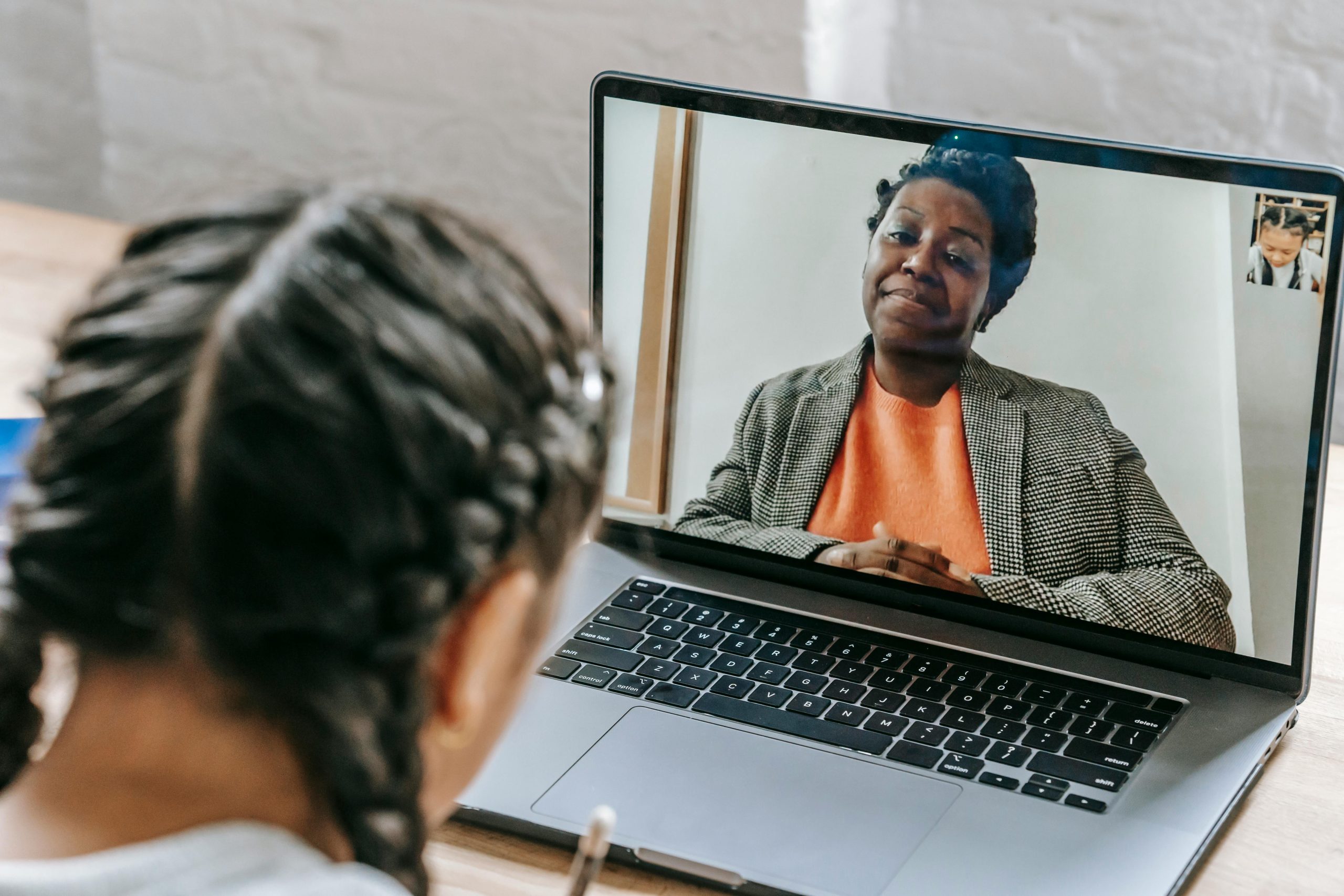Learning Spanish can be an exciting and rewarding journey, but starting as a beginner can feel overwhelming. Many learners struggle with grammar, pronunciation, and building confidence in speaking. This is where a Spanish Tutor can make a huge difference. At [AnnaSpanish], our experienced tutors help beginners learn effectively, ensuring a strong foundation in the language. In this article, we explore five amazing lessons every beginner should experience with a Spanish tutor and how these lessons can set you on the path to fluency.
Lesson 1: Mastering Basic Greetings and Introductions
The first step in learning Spanish is mastering simple greetings and introductions. A Spanish tutor guides beginners through essential phrases such as “Hola” (Hello), “¿Cómo estás?” (How are you?), and “Me llamo…” (My name is…). Practicing these phrases helps learners feel comfortable in everyday conversations. Tutors often use role-playing exercises to simulate real-life scenarios, allowing beginners to speak naturally from day one. Understanding greetings is not just about memorizing words; it’s about grasping the culture and social etiquette associated with the language.
Lesson 2: Building Essential Vocabulary
Vocabulary forms the backbone of any language, and learning Spanish is no exception. A professional Spanish tutor focuses on teaching practical words and phrases that beginners are likely to use daily. This includes numbers, colors, days of the week, food items, and common verbs. Tutors use interactive methods such as flashcards, games, and conversational practice to make learning engaging. By expanding vocabulary gradually, beginners can start forming sentences and expressing themselves confidently without feeling overwhelmed.
Lesson 3: Understanding Basic Grammar and Sentence Structure
Grammar often intimidates beginners, but with the guidance of a Spanish tutor, it becomes manageable and even enjoyable. Tutors introduce foundational concepts such as subject-verb agreement, the use of articles, and basic tenses. Beginners learn how to construct simple sentences like “Yo soy estudiante” (I am a student) or “Me gusta el café” (I like coffee). Understanding these rules early on enables learners to communicate more clearly and avoids the frustration of forming incorrect sentences. Tutors often provide exercises and corrections in real-time, helping learners internalize grammar naturally.

Lesson 4: Pronunciation and Listening Skills
One of the biggest challenges for beginners is pronunciation. Spanish has distinct sounds, and mastering them requires guided practice. A Spanish tutor helps learners articulate words correctly, focusing on tricky letters like “r” and “ñ”. Tutors also enhance listening skills by using audio exercises, songs, and conversational practice. By listening to native speakers and repeating phrases, beginners develop an ear for the language and gain confidence in speaking. Pronunciation practice with a tutor ensures that learners are understood and can communicate effectively from the start.
Lesson 5: Building Conversational Confidence
The ultimate goal of learning a new language is communication. A Spanish tutor creates a safe and supportive environment where beginners can practice speaking without fear of mistakes. Tutors encourage conversations on daily topics, helping learners apply vocabulary and grammar in context. This approach boosts confidence and motivates students to engage in real-world interactions, whether ordering food, asking for directions, or chatting with native speakers. Regular conversation practice with a tutor accelerates progress and makes learning Spanish both practical and enjoyable.
Why Choose a Spanish Tutor for Beginners?
Learning with a Spanish tutor provides structure, accountability, and personalized guidance that self-study cannot match. Tutors can adapt lessons to a learner’s pace, interests, and learning style, ensuring maximum retention and engagement. At [AnnaSpanish], our tutors combine experience with interactive teaching methods to create a supportive learning environment. Beginners benefit from immediate feedback, cultural insights, and practical exercises that build confidence from day one. Choosing a tutor means investing in faster progress and a more enjoyable learning experience.
Tips for Getting the Most Out of Your Spanish Lessons
- Practice Regularly: Consistency is key. Dedicate at least 15–30 minutes daily to review lessons and practice speaking.
- Engage in Conversations: Don’t be afraid to make mistakes. Speak as much as possible with your tutor and peers.
- Use Additional Resources: Complement your lessons with apps, podcasts, or Spanish-language media.
- Set Realistic Goals: Focus on achievable milestones like learning a set number of new words or holding a 5-minute conversation.
- Review and Repeat: Repetition strengthens memory, so regularly review vocabulary, grammar, and phrases covered in your lessons.
Conclusion
Learning Spanish as a beginner is a journey filled with excitement, challenges, and rewarding milestones. Partnering with a Spanish tutor ensures that you build a strong foundation in vocabulary, grammar, pronunciation, and conversational skills. From mastering greetings to gaining confidence in real-life interactions, each lesson is designed to make the learning process engaging and effective. At [AnnaSpanish], our tutors are dedicated to helping beginners succeed and enjoy every step of the journey. Start your Spanish learning adventure today and experience the transformative impact of professional guidance. Your journey starts at our homepage—check it out today.
FAQ Section
1. How often should a beginner have lessons with a Spanish tutor?
For optimal progress, beginners should schedule 2–3 lessons per week. Consistent practice reinforces learning and builds confidence in speaking.
2. Can I learn Spanish effectively online with a tutor?
Yes, online tutoring is highly effective. Platforms like [AnnaSpanish] offer interactive sessions, real-time feedback, and flexible scheduling, making learning convenient and efficient.
3. How long does it take to become conversational in Spanish as a beginner?
With regular lessons and practice, beginners can reach a conversational level in 3–6 months. Progress depends on consistency, effort, and exposure to the language outside lessons.
